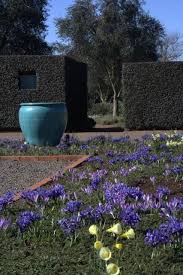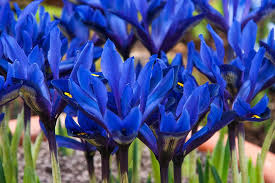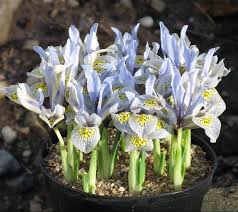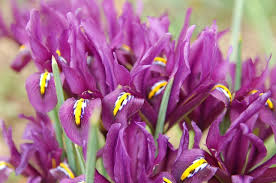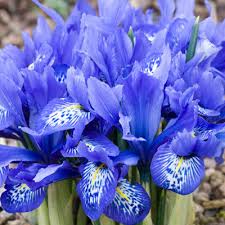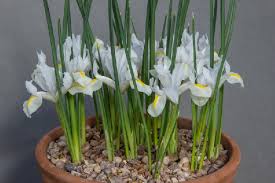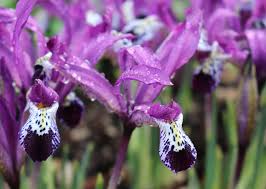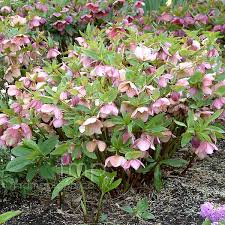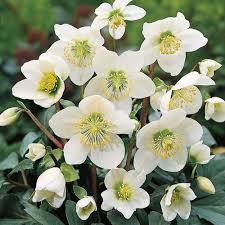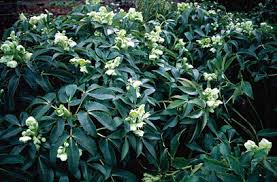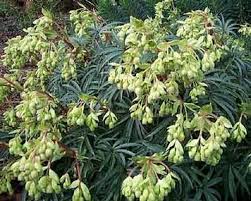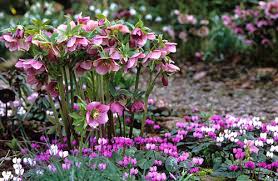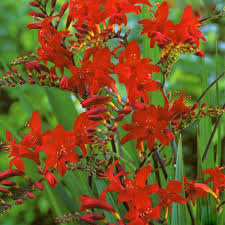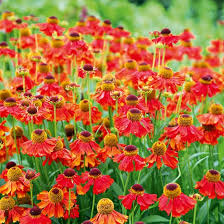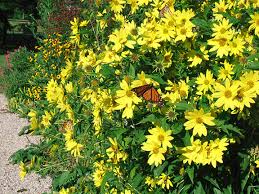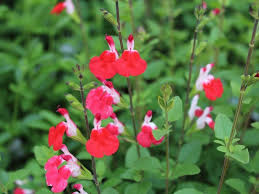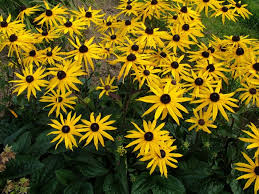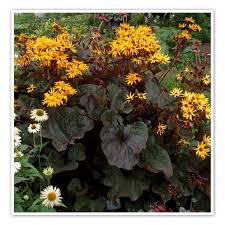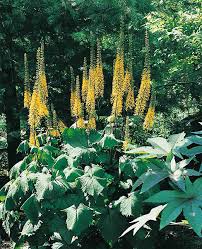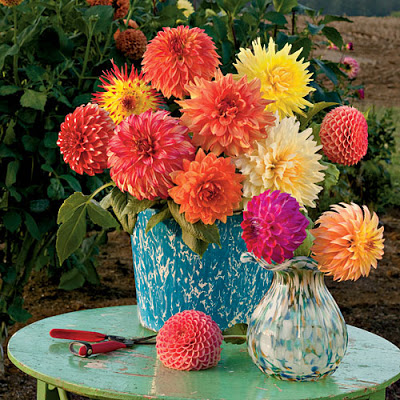
Vibrent late summer flowers
September is the summers last cheer and with it brings a large pallet of richly coloured herbaceous perennials that produce arm fulls of vivid coloured flowers perfect for cutting whether in formal flower arrangements or more informally spilling out of large jugs and vases. Here are some favorates
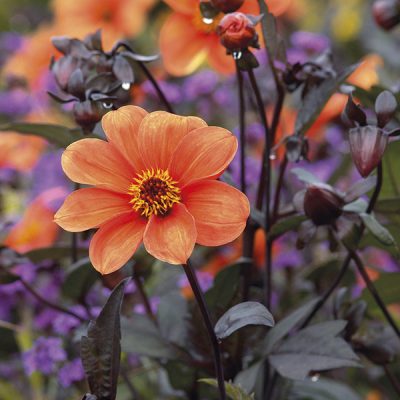
Dahlia ‘Bishop of Oxford’
Dahlia ‘Bishop of Oxford’: The striking flowers and this case dark purple foliage are worth fighting the slugs for. This Dahlia makes a good clump of attractive foliage with bright tangerine orange single flowers with a bronze stamen centre to 90cm tall. Grows in draining good fertile soil. Grow in full sun.
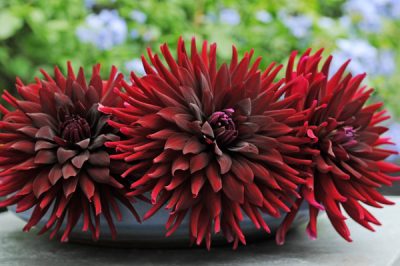
Dahlia ‘Black Cat’
Dahlia ‘Black Cat’: Large clumps of mid green foliage up to 110cm tall. With striking dark burgundy red velvety cactus formation flowers. A real show stopper in any flower arrangement. Grows in draining fertile soil. Grow in full sun.
Flower preparation tips: Best to cut flowers that are in bud nearly open or fully open, as they will not open further once cut. Cut the length of stem needed for the vase you are using, don’t cut more stem than needed. Cut the stem diagonally. Re-cut the stems before arranging them. Place the stems in about 50/70mm of very hot (not quite boiling water) leave the stems for about 1 hour. This conditioning of the stems will help your blooms last up to 6 days.
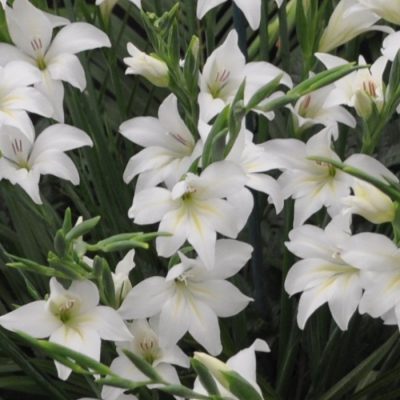
Gladiolus alba ‘The Bride’
Gladiolus alba ‘The Bride’: Easily grown bulbs in a sunny position. Gladiolus bring a touch of elegance and height to any flower arrangement. Pure white flowers held along the stem. 50cm tall.
Gladiolus ramosus ‘Robinetta’: Deep rich red flowers with an ivory throat make this Gladiolus a flower arrangers delight. 60Cm tall.
Flower preparation tips: When choosing which blooms to cut choose a stem that has 3 or 4 flowers at the bottom that are part open. To condition you flower stems, place in a mixture of warm water and floral preservative. Then place the stems and container in a dark cool place for several hours to fully condition your flowers before making your flower arrangement. The conditioned flowers can last from 6 to 12 days.
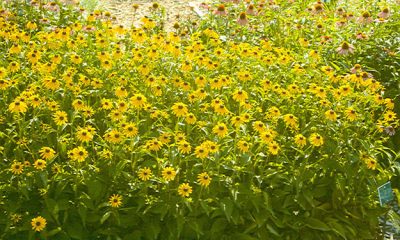
Heliopsis hellianthoides var.scabra
Heliopsis hellianthoides var. scabra: Often called the false sun flower, this herbaceous perennial packs a mighty punch in the flower boarder and the vase. Large clear yellow single flowers raise to 1.50m tall grown in full sun in any good moist fertile soil.
Flower preparation tips: Choose fully open flower. For soft stems, cut before conditioning at an angle. woody stems hammer, for both allow to harden in a deep depth of tepid/warm water for several hours. The flower will last 5 to 8 days.
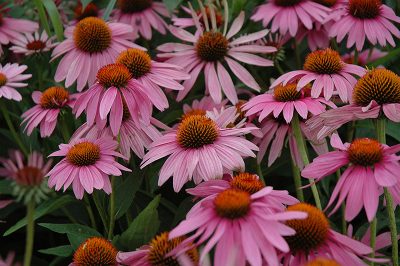
Echinacea purpurea ‘Magnus’
Echinacea purpurea ‘Magnus’: Clump forming mid green foliage with one of the largest of the Echinacea flower at up to 175mm wide. Of dark magenta pink petals and a dramatic rust yellow centre stamen cone. This flower takes centre stage in the late summer bouquet. Grows in full sun in in most soils, but it does not like drying out. Grows up to 90cm tall.
Flower preparation tips: Choose flowers that are newly fully open to lengthen the vase life. Cut the stems again before placing in a deep container of tepid water for a couple of hours to allow them to condition before arranging the flowers.
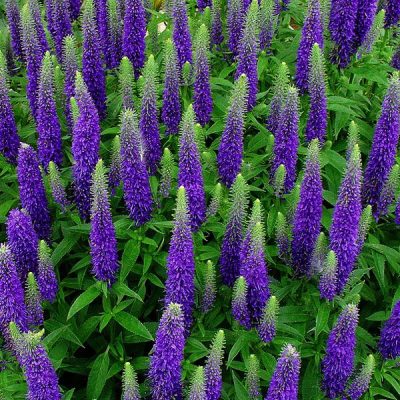
Veronica spicata
Veronica spicata: the foliage forms a compact tussock, with dense spikes of lavender purple flowers reaching 60/75cm high. This adds some drama and height to flower arrangements. Easily grown herbaceous perennial in any free draining soil in full sun.
Flower preparation tips: Choose flower stems that are fully out. Cut stems before placing in tepid water over night to harden off and condition. Flowers last 4 to 5 days approx.
Now with all this flower power a little foil is needed, ornamental grass seed heads are beginning to come into their own in September and the light seed heads lifts and lightens the late summer flower arrangement with it’s bold vivid colours. Try Miscanthus sinensis ‘Morning light’, with feathery pinkish heads or Stipa gigantea with it’s large golden oat grass like flower heads.
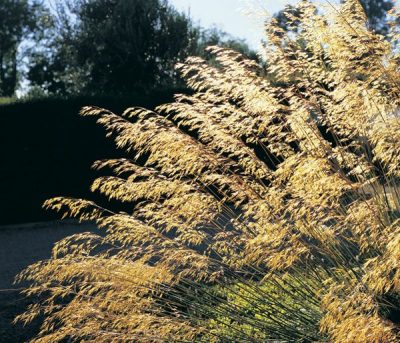
Stipa gigantea
So now you are inspired to not only to plant with late summer colour for your garden but also to bring the last heat and vibrant colours of summer into your home.
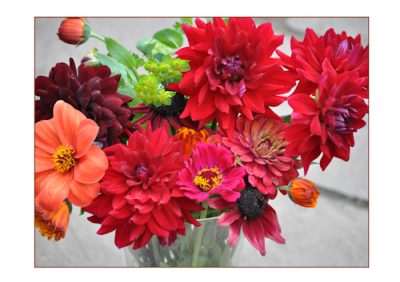
home grown garden flowers make a splash as flower arrangements.
If you would like some help creating areas of planting in your garden that are suitable for flower arranging and for cut flowers at home then I know a woman who can help you, just give me a call. Ring Emily tel:01273 470753.

